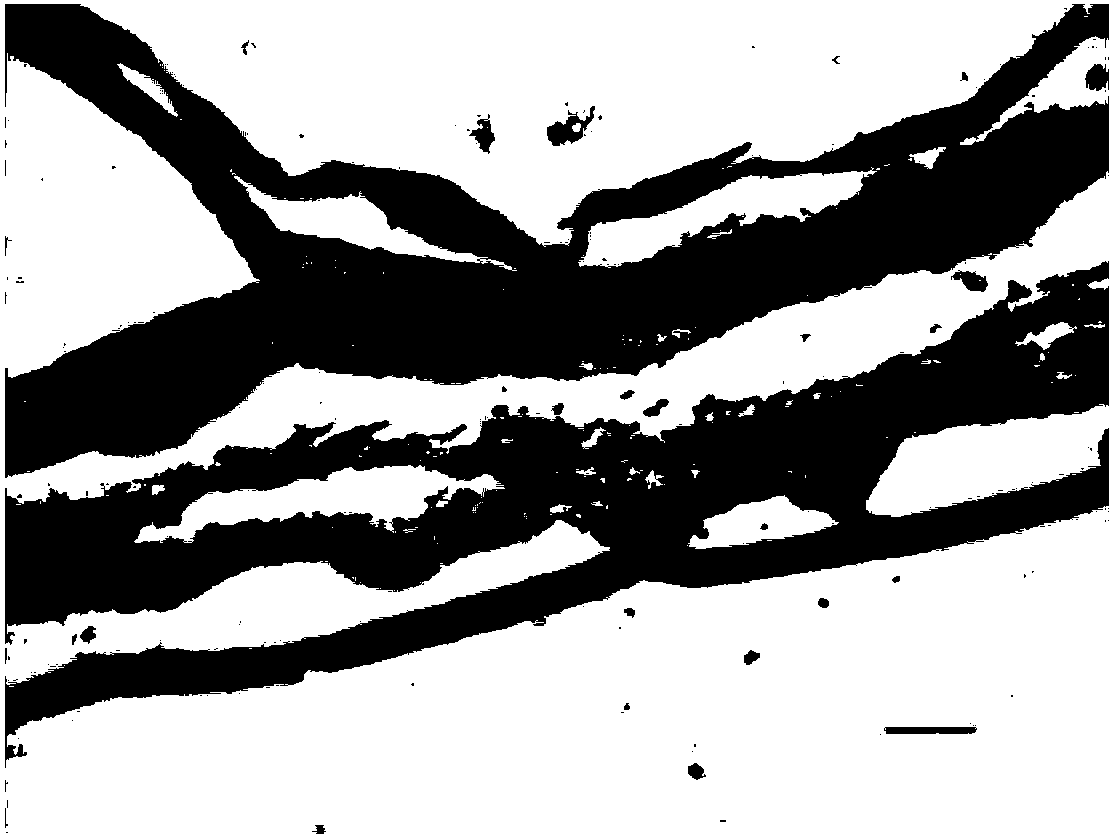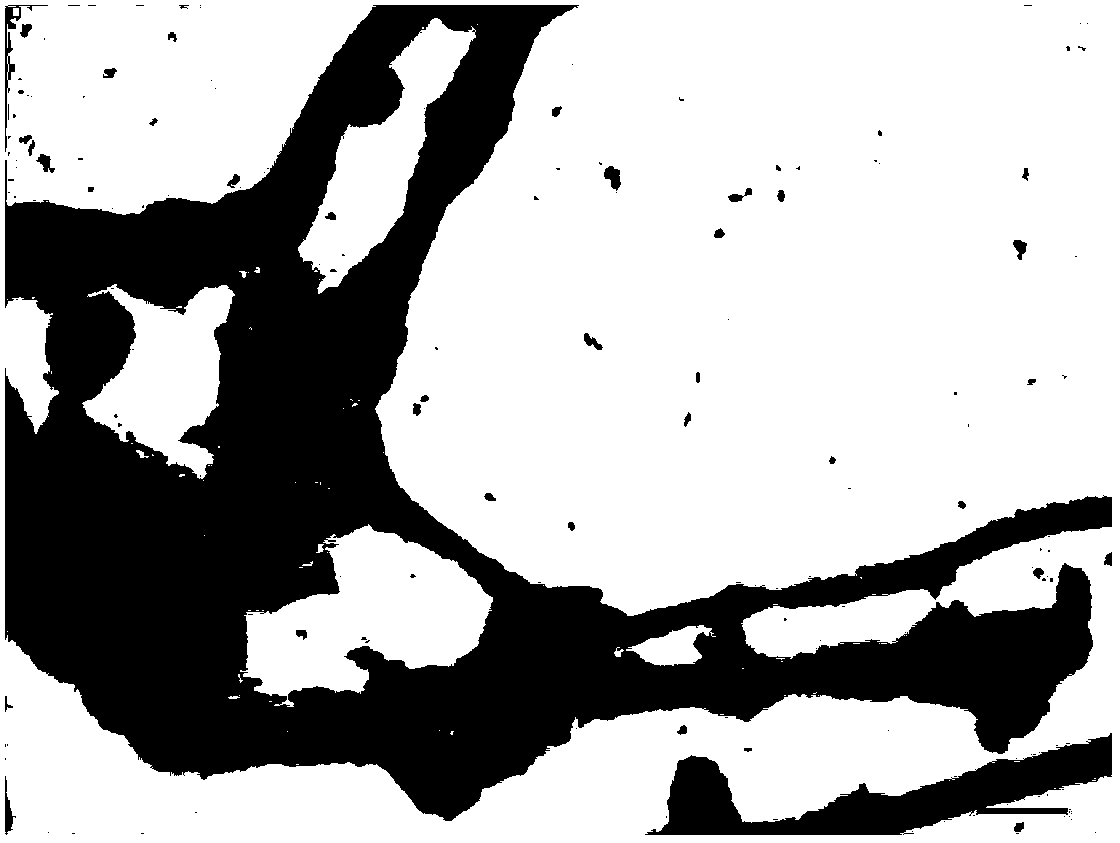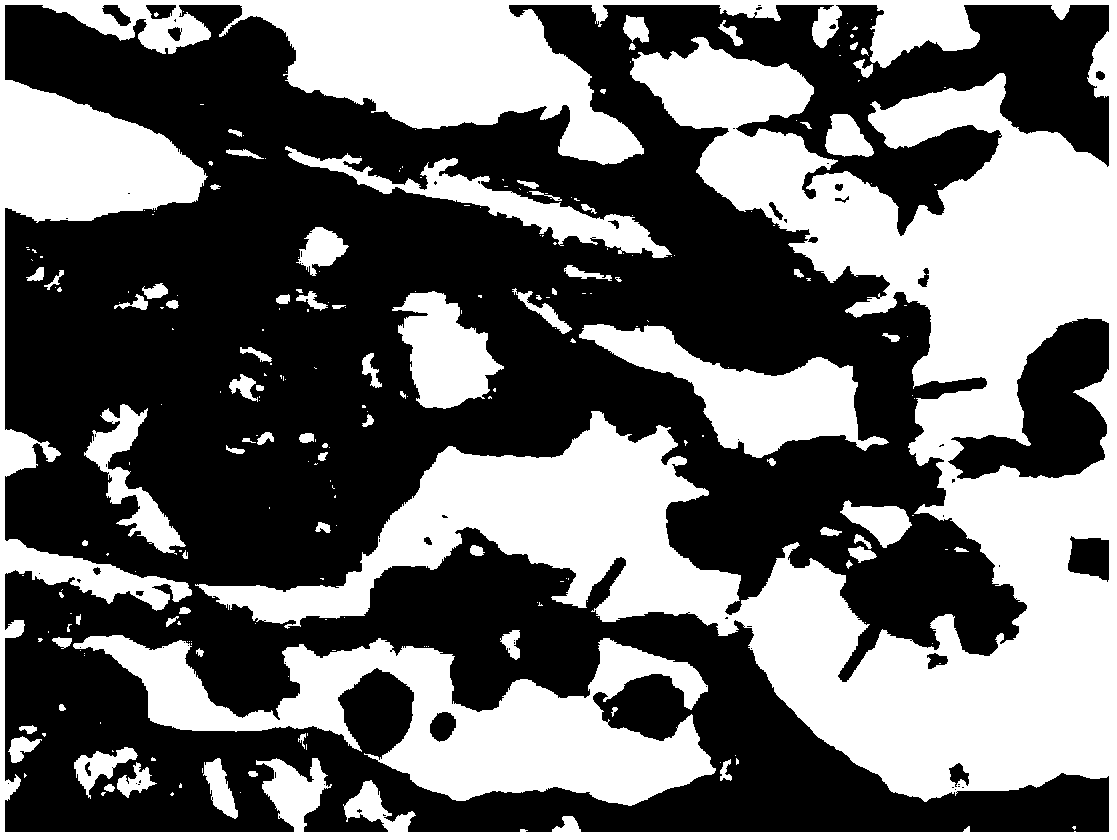In-situ hybridization detection probe of shrimp and crab spiroplasma pathogens, and kit thereof
A detection kit, in situ hybridization technology, applied in the determination/inspection of microorganisms, microorganism-based methods, biochemical equipment and methods, etc. Low, no in situ hybridization detection method and other problems
- Summary
- Abstract
- Description
- Claims
- Application Information
AI Technical Summary
Problems solved by technology
Method used
Image
Examples
Embodiment 1
[0027] Procambarus clarkii samples
[0028] The diseased Procambarus clarkii were collected from farms in Jiangsu Province where severe mortality occurred from July to September 2011, with an average weight of 21.7g and carapace length of 42.5mm (sample size n=30). Healthy Procambarus clarkii was collected from Nanjing Procambarus clarkii farm in July 2011, with an average weight of 20.1g and a carapace length of 41.0mm (sample size n=24).
[0029] Healthy Procambarus clarkii was determined to be free of spiroplasma infection through conventional light microscope, electron microscope observation and PCR detection, and was used as a negative control; Procambarus clarkii infected with white spot syndrome virus disease (WSSV) was also used as a negative control; The crayfish were confirmed to be infected with spiroplasma by light microscope, electron microscope observation and PCR detection, and they were used as positive control. Main reagents and materials used for in situ hyb...
PUM
 Login to View More
Login to View More Abstract
Description
Claims
Application Information
 Login to View More
Login to View More - R&D
- Intellectual Property
- Life Sciences
- Materials
- Tech Scout
- Unparalleled Data Quality
- Higher Quality Content
- 60% Fewer Hallucinations
Browse by: Latest US Patents, China's latest patents, Technical Efficacy Thesaurus, Application Domain, Technology Topic, Popular Technical Reports.
© 2025 PatSnap. All rights reserved.Legal|Privacy policy|Modern Slavery Act Transparency Statement|Sitemap|About US| Contact US: help@patsnap.com



